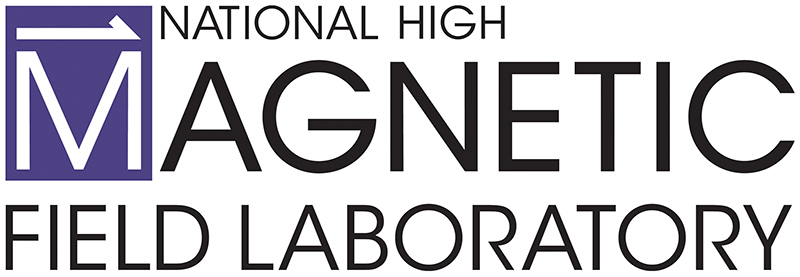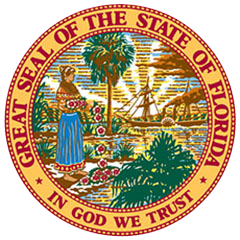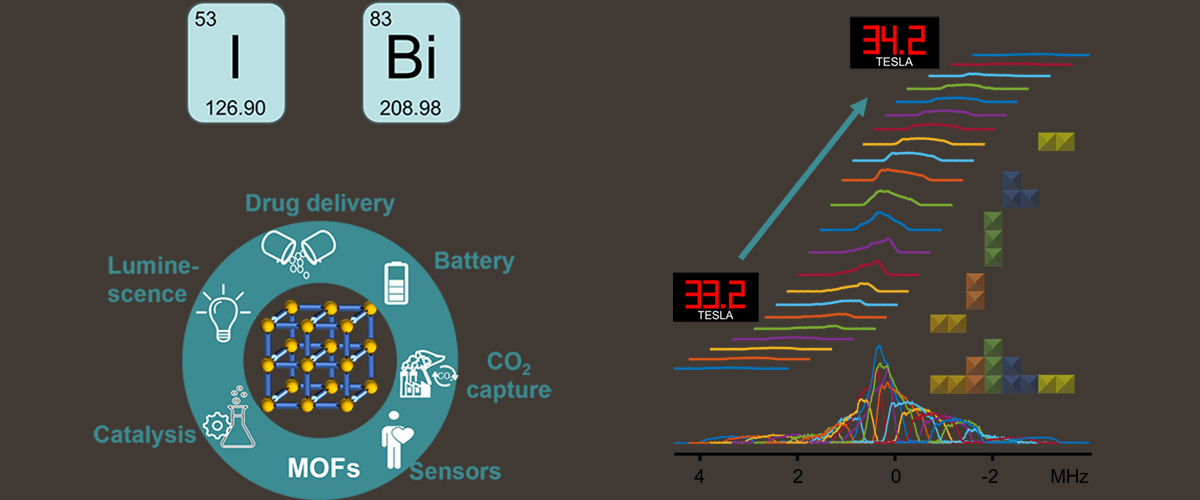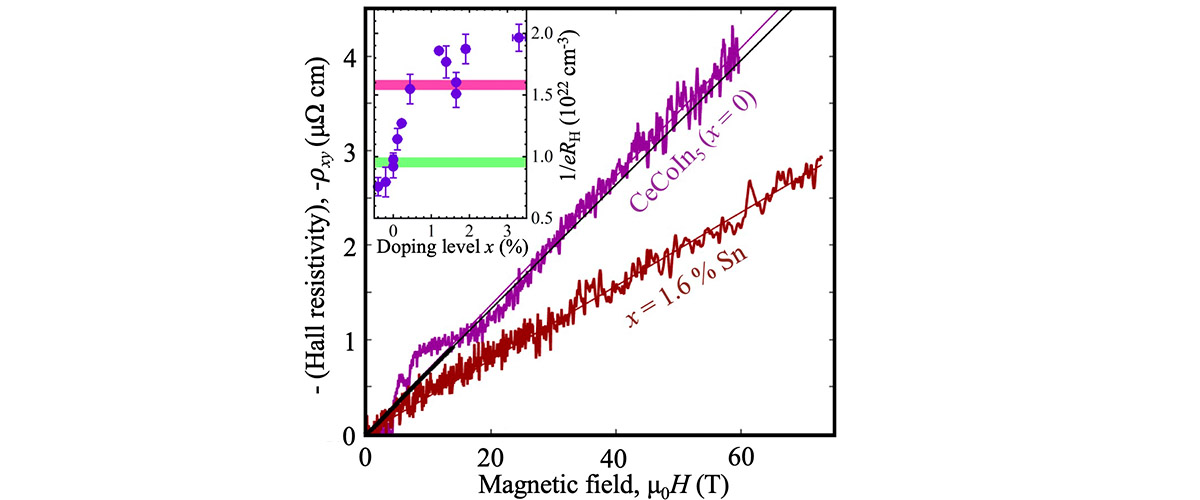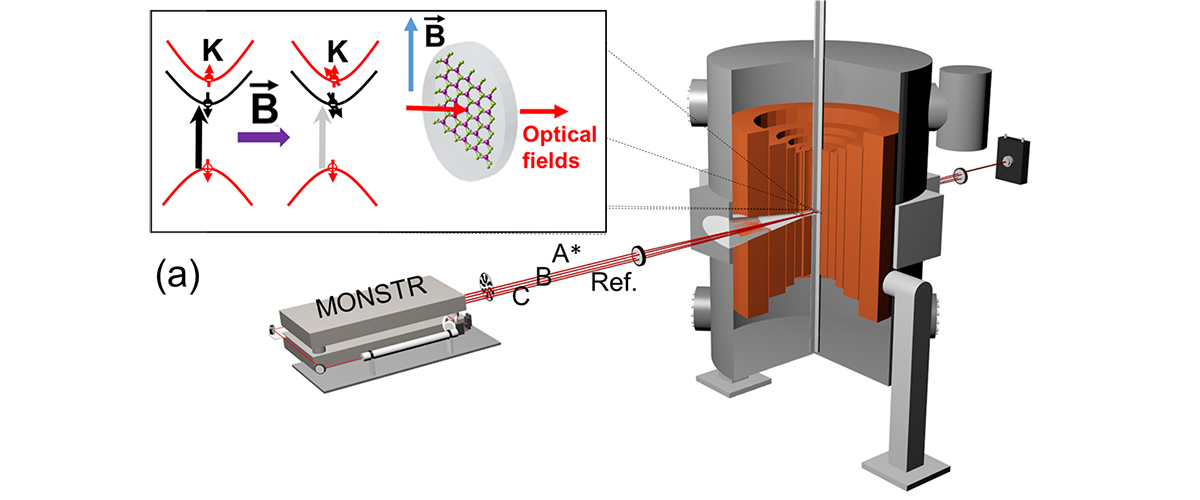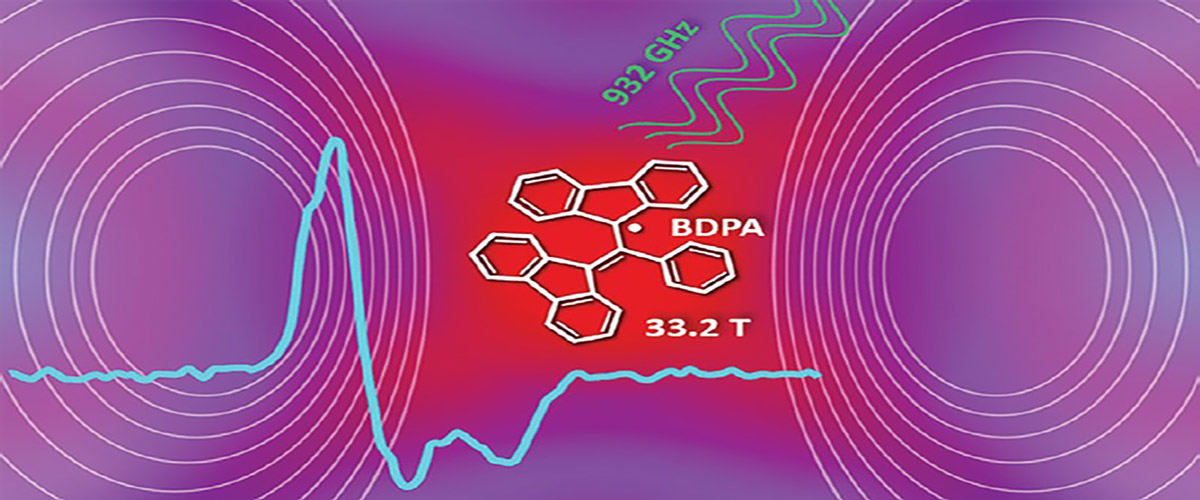What is the finding
Scientists have shown that ultra-wideline solid-state NMR can be used to directly study bismuth (209Bi) and iodine (127I) atoms inside metal-organic frameworks (MOFs) — a special type of material with tiny pores that can trap and store gasses, speed up chemical reactions, store energies, or deliver medicines. This breakthrough was made possible by using ultra-high magnetic fields up to 35.2 tesla, enabling high-resolution measurements that were previously out of reach.
Why is this important?
Bismuth and iodine are promising building blocks for safer, smarter materials, such as drug delivery systems and light-based technologies. But until now, it’s been incredibly difficult to study them using NMR due to distorted, hard-to-read signals. This study proves that with stronger magnetic fields, it’s possible to capture these signals and uncover details about how the atoms are arranged and how they respond to things like dehydration or molecular interactions. That means better control over MOF properties — from how bright they glow to how safely they can carry medicine.
Who did the research?
Wanli Zhang1, Yijue Xu2, Amrit Venkatesh2, Ivan Hung2, Shuting Li1, Zhehong Gan2, Yining Huang1
1Western University, London, ON, Canada; 2National MagLab, Tallahassee, FL
Why did they need the MagLab?
Only the MagLab has the 36-tesla Series Connected Hybrid magnet and advanced techniques needed to capture clear signals from 209Bi and 127Inuclei in such a short time. These ultra-high fields are essential for separating overlapping signals in complex materials and revealing atomic-level details.
This work also relied on computing resources from SHARCNET, Compute/Calcul Canada, and the Digital Research Alliance of Canada to support simulations and data analysis.
Details for scientists
- View or download the expert-level Science Highlight, Pushing the Limits of Ultra-Wideline Solid-State NMR: 209Bi and 127I Signatures in MOFs
- Read the full-length publication, Pushing Limits of Ultra-wideline Solid-State NMR Spectroscopy: NMR Signatures of 209Bi and 127I in Metal–Organic Frameworks at Ultra-high Magnetic Fields, in Journal of the American Chemical Society
Funding
This research was funded by the following grants: Y. Huang (NSERC of Canada RGPIN-2025-05789), K. M. Amm (NHMFL, NSF/DMR-2128556 and DMR-1644779), R.W. Schurko (NIH P41 GM122698 and NIH RM1-GM148766), M. Bird (NSF/DMR-0603042), W.W. Brey (NSF/DMR-1039938)
For more information, contact Robert Schurko.
